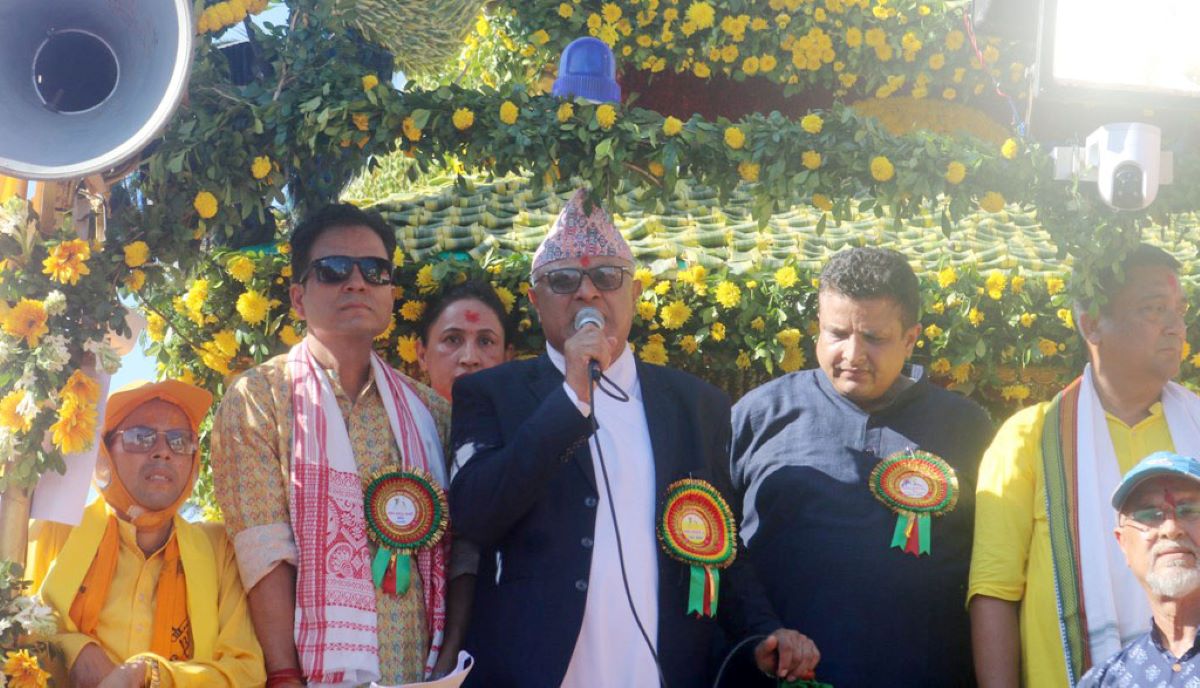Koshi Province Chief Minister, Hikmat Kumar Karki, emphasized that the Radha Krishna Chariot Procession has become a significant identity of the province. Speaking at the inauguration of the procession this afternoon, he remarked that the event symbolizes the cultural and religious identity of the region.
Chief Minister Karki extended his congratulations and best wishes to the Radha Krishna Chariot Procession family, expressing confidence that the event would continue to play a crucial role in defining the identity of the entire nation of Nepal. He underscored the importance of preserving and promoting Sanatan Dharma and the diverse cultural heritage of all ethnic communities in Nepal, describing them as invaluable assets of the nation.
He further noted that Krishna Janmashtami and the Chariot Procession have transcended individual castes and communities, becoming a cultural symbol for all Nepalis and humanity worldwide. Highlighting the broader significance of the event, Chief Minister Karki stated that the procession advocates for global peace, the welfare of humanity, and the protection of all living beings. He also pledged the provincial government’s support in constructing physical infrastructure, including the Radha Krishna chariot, temple, and dharmashala.
Mayor of Biratnagar Metropolitan City, Nagesh Koirala, assured necessary support for constructing a new chariot for the procession. Kailash Regmi, coordinator of the organizing committee, revealed that this 93rd edition of the chariot procession is the second-largest in Asia.
During the procession, a helicopter from the Nepalese Army showered flowers, and security was ensured with the use of drones and CCTV cameras, informed Morang District Police Chief, Superintendent of Police Navaraj Karki.
The pagoda-style chariot, measuring 22 feet in length, 14 feet in width, and 18 feet in height, was pulled by male and female devotees using 75-foot-long ropes attached to the front of the chariot. Various cultural displays and devotional groups representing different religious and ethnic communities led the procession, shared Kailash Regmi, the event chairman.
The organizing committee estimated that approximately 700,000 devotees from Morang, Sunsari, Jhapa, Saptari, and neighboring Indian districts participated in the procession.
The tradition of the chariot procession dates back to 2027 BS, following the earlier practice of carrying the deity in a palanquin since 1988 BS. The organizers highlighted that the chariot procession in Biratnagar is the second-largest in Asia, after the Jagannath Chariot Procession in Puri, Odisha, India.






